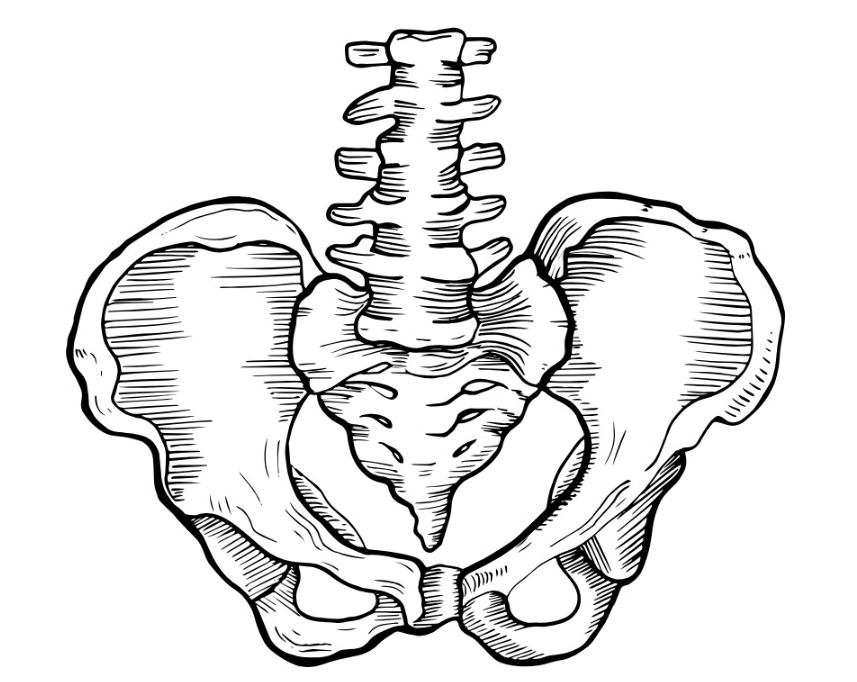Pessary fitting | Frequently asked questions

1.What is a vaginal pessary, and what is it used for?
A vaginal pessary is a medical device inserted into the vagina to support pelvic organs, such as the bladder, uterus, or rectum, that may have prolapsed (dropped) due to weakened pelvic muscles. It can also be used to treat urinary incontinence or pelvic organ prolapse (POP).
2.How does the pessary work?
The pessary is designed to sit in the vagina and provide support to the vaginal walls and pelvic organs, relieving symptoms like discomfort, pressure, or urinary leakage caused by prolapse or incontinence.
3. What types of pessaries are available at Baslow Physiotherapy?
Sarah fits ring pessaries, there are variations of this device from a standard ring to ones with support for uterine descent or for urinary incontinence. She also fits cube pessaries which are more space occupying and can be helpful for more than one prolapse.
4. Will the pessary be uncomfortable?
A properly fitted pessary should not cause discomfort. Some women may initially feel the pessary, but most get used to it quickly. If it causes pain or discomfort, it may need to be adjusted or refitted.
5. How is the fitting process done?
During the fitting, Sarah will measure your vaginal size and try different pessary sizes and shapes to find the most comfortable fit. To ensure that the pessary is offering the right support you will be asked to cough,, perform some standing exercises, go for a walk and empty your bladder.
6. Can I insert and remove the pessary myself?
All women coming for a pessary fit at Baslow Physiotherapy will be taught to insert and remove their pessaries in order to self-manage the device appropriately and written information on how to do this will also be provided.
7. How often does the pessary need to be cleaned or removed?
The pessary needs cleaning and checking every time it is removed, this varies from daily, weekly or monthly (or more) depending on how the pessary is being used.
8. Can I still have sex with a pessary in place?
Some types of pessaries, such as the ring pessary, allow for sexual intercourse. Sarah will discuss this with you.
9. Are there risks or side effects of using a pessary?
Pessary use is generally safe, but some women may experience vaginal irritation, discharge, or, in rare cases, infections. Regular cleaning and follow-up with your healthcare provider can help prevent these issues.
10. Will I need surgery eventually if I use a pessary?
Many women use a pessary as an alternative to surgery, and it can be a long-term solution. However, if a pessary no longer provides relief or if your prolapse worsens, surgery might be considered.
11. What should I do if the pessary falls out or moves?
If the pessary falls out or shifts, it may not be the right size or shape. Contact your healthcare provider to refit or adjust it as needed.
12. Can I exercise with a pessary?
Yes, most women can continue exercising with a pessary in place, in fact, it allows many women to exercise as they would like. This will be assessed and progressed under the guidance of your physio
14. How long can I wear the pessary?
A pessary can be worn long-term with regular follow-up appointments for cleaning and checking the fit. Some women wear it for months or years without issues, but the device must be checked periodically.
15. How will I know if the pessary is working?
You should experience relief from symptoms like pelvic pressure, urinary leakage, or discomfort from prolapse. If you don’t notice an improvement or experience any discomfort, contact your healthcare provider for a reassessment.
Call Sarah or email for more information

